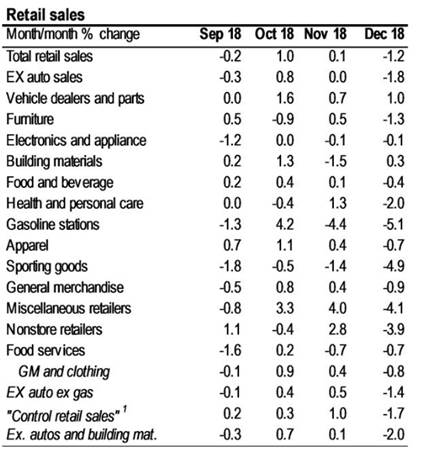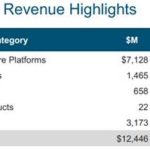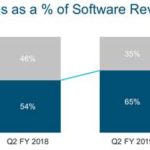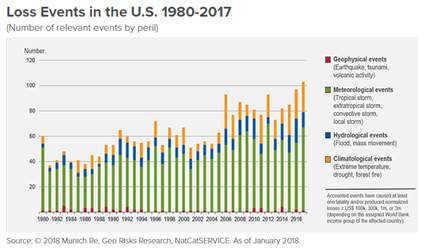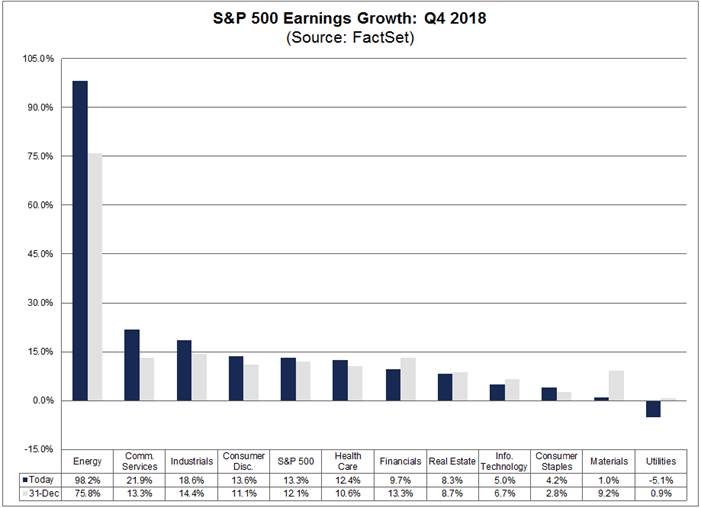Current Price: $48 Target Price: $54
Position size: 4.4% TTM Performance: 16%
CSCO reported very strong 2Q results. Sales and EPS were better than expected and guidance was ahead of consensus. They delivered revenue growth across all geographies and businesses, strong margins, double-digit EPS growth, and continued solid cash generation. Cisco is benefiting as their customers face an increasingly complex IT environment as they move to the cloud, deal with growing connectivity of users and devices, and changing security needs. Cisco’s evolving portfolio of products helps customers navigate this complexity by helping them simplify, automate, and secure their infrastructure. As a result, despite concerns of weakening IT spending, CSCO is seeing robust demand. Demand is solid enough that they haven’t seen any impact to their business from changes in the global macro-economic environment. The CEO said, “I would tell you that it certainly is one of the more complex macro geopolitical environments that I think we’ve seen in quite a while with all the different moving parts. But to be honest, from the first day of the quarter to the last day of the quarter, we saw zero difference. We saw very steady demand throughout the quarter.” They are in the early innings of evolving network architectures, so there is a lot of runway to the growth they are seeing.
Thesis intact, key takeaways:
· Top line growth was ~7%. Q3 sales expected to be up 4-6%, street was expecting +3%.
· Impact of the 10% tariff was immaterial in the quarter. They were able to offset with pricing.
· Transition to recurring revenue model. The percentage of recurring revenue is now ~1/3 – they set a goal of 37% by 2020. They are on track to drive software revenue to 30% of total revenue by FY20. Subscription revenue was 65% of total software revenue, up from 57% last quarter. This transition will drive an upward trend in CSCO’s margins over the next several years.
· Their largest segment, Infrastructure Platforms (58% of revenue), was up +6% YoY on another quarter of campus switching strength, driven by solid demand for their Catalyst 9k products. Routing declined due to weakness in service provider end markets. They also saw a decline in data center servers.
· In terms of customer segments, enterprise was up 11%, commercial grew 7%, public sector was up 18%, and service provider was down 1%.
Valuation:
· They have close to 3% dividend yield which is easily covered by their FCF. Dividend increased 6% and added $15B to buyback authorization, bringing the total to $24B, or over 10% of their current market cap.
· They have $15B in net cash. In the quarter they returned $6.5B to shareholders – $1.5B in dividends and $5B in buybacks.
· Forward FCF yield is almost 7%, well above sector average and is supported by an increasingly stable recurring revenue business model and rising FCF margins.
· The company trades on a hardware multiple, but the multiple should expand as they keep evolving to a software, recurring revenue model. Hardware trades on a lower multiple because it is lower margin, more cyclical and more capital intensive.
Thesis on Cisco:
· Industry leader in strong secular growth markets: video usage, virtualization and internet traffic.
· Cisco is the leader in enterprise switching and service provider routing and one of the few vendors that can offer end-to-end networking solutions.
· Significant net cash position and strong cash generation provide substantial resources for CSCO to develop and/or acquire new technology in high-growth markets and also return capital to shareholders.
· Cisco has taken significant steps to restructure the business which has helped reaccelerate growth and stabilize margins.
$CSCO.US
[tag CSCO]
Sarah Kanwal
Equity Analyst, Director
Direct: 617.226.0022
Fax: 617.523.8118
Crestwood Advisors
One Liberty Square, Suite 500
Boston, MA 02109
www.crestwoodadvisors.com
PLEASE NOTE!
We moved! Please note our new location above!

